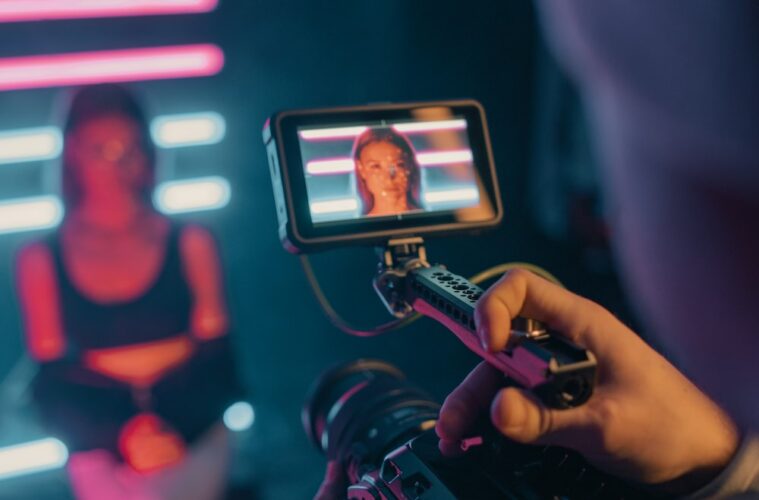Many enjoy sports, casino online games, movies, and music for fun and relaxation. Movies and music take people to new places and make them feel things. They can be easily watched or listened to online. Video games and live performances captivate people everywhere, proving that entertainment appeals to everyone.
Combining sound and images in music, film, and TV has led to new storytelling methods. As we explore the intersection of these mediums, we delve into the realm of music videos and their transformative impact on the Film/TV industry.
The Evolution of Music Videos
Music videos used to be promotional tools for artists, but now they tell stories with visuals. They are a short film form, often encapsulating themes, emotions, and stories that rival the depth and impact of feature films or TV episodes.
Technological Advancements and Production Quality
Music videos have changed a lot in the digital age. One significant change is the improved production quality. With technological advancements, artists can create cinematic experiences once reserved for the big screen. The visual effects, cinematography, and editing techniques used in modern music videos can rival those of Hollywood blockbusters.
Artists like Beyoncé, through her visual albums “Lemonade” and “Black Is King,” show this evolution. These albums show how music and film combine to tell a story beyond song lyrics.
Impact on the Film/TV Industry
Storytelling in music videos has also influenced the Film/TV industry. Directors and producers get ideas from these short stories.
TV shows like “Euphoria” and “Atlanta” use music video styles and stories in their episodes. This gives them a relaxed look and sound that shows what youth culture is like today.
Music Videos as a Platform for Social Issues
Music videos affect TV and film looks and serve as a platform for social issues and activism. Artists use visuals to address societal issues, challenge norms, and provoke thought in songs. This adds depth to the narrative. This trend is evident in Childish Gambino’s “This Is America,” a music video that tackles themes of race, gun violence, and societal expectations.
The Digital Age and Music Videos
The digital age has also revolutionized the way we consume music videos. YouTube and Vimeo make it easy for artists to share music videos with people worldwide. This helps them connect with various viewers and share their stories. Artists now have more chances to work with filmmakers and try new storytelling methods.
Social Media’s Role in Disseminating Music Videos
Besides the streaming platforms, social media has also played a crucial role in disseminating music videos. Instagram and TikTok have enabled artists to create short music videos. These videos are designed to capture the attention of today’s audiences.
Challenges and Future Prospects
However, with these advancements come challenges. Because there is so much online content, music videos must be unique to get noticed. Artists and filmmakers are changing the industry by pushing storytelling and visuals in music videos. Now, music videos are more than just promotions; they are standalone works of art.
Exciting Collaborations Ahead
The future of music videos in the Film/TV industry is exciting. As technology advances and the boundaries between music, film, and television blur, we can expect to see more collaborative efforts between artists, filmmakers, and producers.
EQ Music is known for highlighting new and creative artists in pop music. We also appreciate the filmmakers who are changing music videos. These artists are changing the music industry and how we see stories in movies and TV. Let’s raise a toast to the future! It will be full of exciting experiences, deep stories, beautiful music, and visuals.


